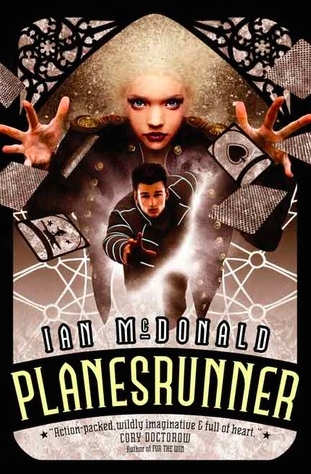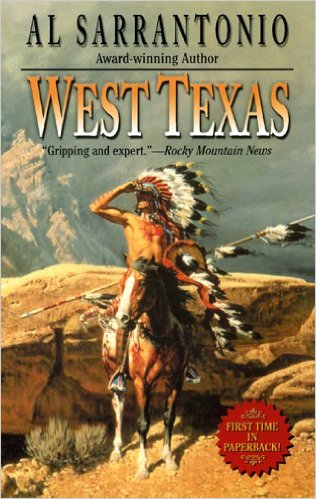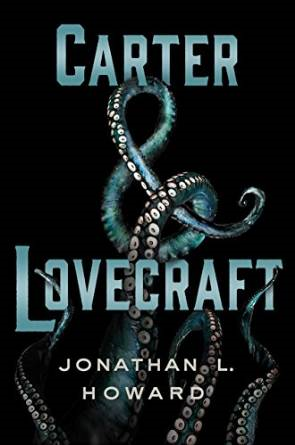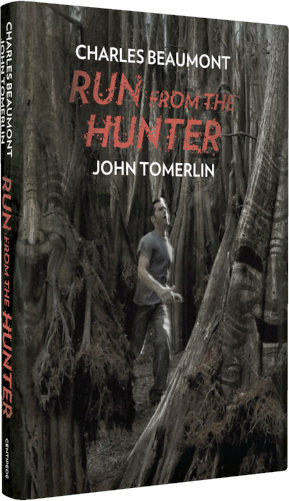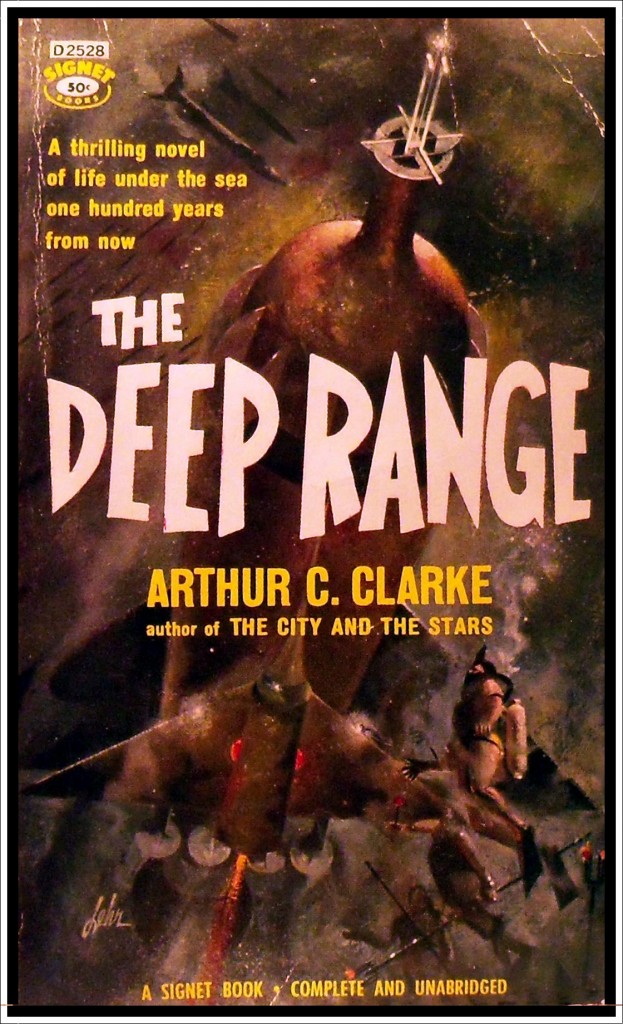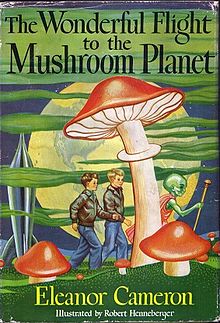
The Caves of Karst is a science fiction adventure that delivers on what it aspires to do: entertain.
By Scott A. Cupp
This is the 181st in my series of Forgotten Books.
This week I decided to take a chance on a book published nearly 50 years ago by a well known science fiction fan who was also a highly respected writer of western novels. Lee Hoffman was the name used by Shirley Bell Hoffman for her writings and there were plenty of them. She did 17 western novels (she won a Western Writers of America Spur Award in 1967 for The Valdez Horses, which was later filmed as Chino starring Charles Bronson and Jill Ireland) and four science fiction novels, of which The Caves of Karst was the second.
I first became acquainted with Lee Hoffman through her novel Always the Black Knight, which was serialized in Ted White’s Fantastic Stories in 1970. I read that serialization then and was always intrigued by the cover to The Caves of Karst. Somehow, though, I never got around to reading it. Somewhere along the way my copy disappeared, but I found a British SF Book Club copy in 2013 at Half Price Books and I purchased the copy I read for this week’s column. (As an aside, over Christmas I was asked if I really read all the books I discuss in the Forgotten Books. The simple answer is “yes,” and I do it just before doing the review. My feeble brain finds it far too easy to mix and match story ideas among the thousands of novels I have read — and I try to adequately present the book as I see it.)
So, let’s get to the story. The novel takes place on the planet Karst, a remote colony that is part of the Earth Empire. Earlier, a rebellion in the Centauri sector had led to Earth giving less attention to their remote colonies and a deep rooted revulsion on the part of colonists.
Karst is covered with a lot of water and has many deep caves rich in gems and minerals. Divers who work for the Divers Guild are a very powerful force on the planet. Griffith (or Griff), one of those divers, is our protagonist. He’s also gone in for adaptive surgery and had gills installed to enable him to swim into the deep without scuba gear during his searches. This type of surgery is taboo in Earth and prevents Griffith from having the ability to leave Karst and see other worlds. Not that he wants to.
One day, he runs across the dead body of another diver during his search of a cave. Divers protect their claims jealously, so Griff gets his ID tag to report to the Guild anonymously. While exploring the cave he runs across some valuable gems and the incredibly rare thelemite.
Divers have legitimate sources for selling their finds and some not-quite-as-legitimate. Griffith sells some gems for the credits he needs to leave, but then he meets with merchant Captain Rotsler of the space ship Teick. Rotsler is hanging with Griff’s old girlfriend Sheryl, which irritates Griffith immensely. Rotsler is interested in the gems but goes nuts over the thelemite. He wants any and all that Griff can provide.
Griff also has an encounter with some folks who are expressing very anti-Earth Empire opinions and eventually end up in a fight. He gets rousingly drunk. When he sobers up two days later, he finds that the Teick has been destroyed and the Authority (the local, Earth-backed cops) see him as a likely suspect for the deed.
Suddenly, life is not quite so good. Illegal interrogations begin, he has a fight with his Guild lawyer who does not believe his alibi, and he gets busted out of jail by folks with homicide on their mind.
There is some pretty fun action and dodging the police in the final third of the book as Griff tries to figure out who is on his side and what the heck is really going on.
I enjoyed the book quite a bit. It does not try to be much more than a diverting science fiction adventure tale with murder. There are good guys and bad guys, moral ambiguities, dilemmas of the soul. Griff is an interesting character, and so are several others, including Irma, who wants to be the girl that Sheryl never was, and Czolgosz, the attorney who has to play within the system he is representing.
If I find my copy of Always the Black Knight (a title I really like), I will probably read it and cover it here. Lee Hoffman is worth seeking out. Not a brilliant writer, but a good, entertaining one — and that is always a worthwhile thing.
Series organizer Patti Abbott hosts more Friday Forgotten Book reviews at her own blog, and posts a complete list of participating blogs.

